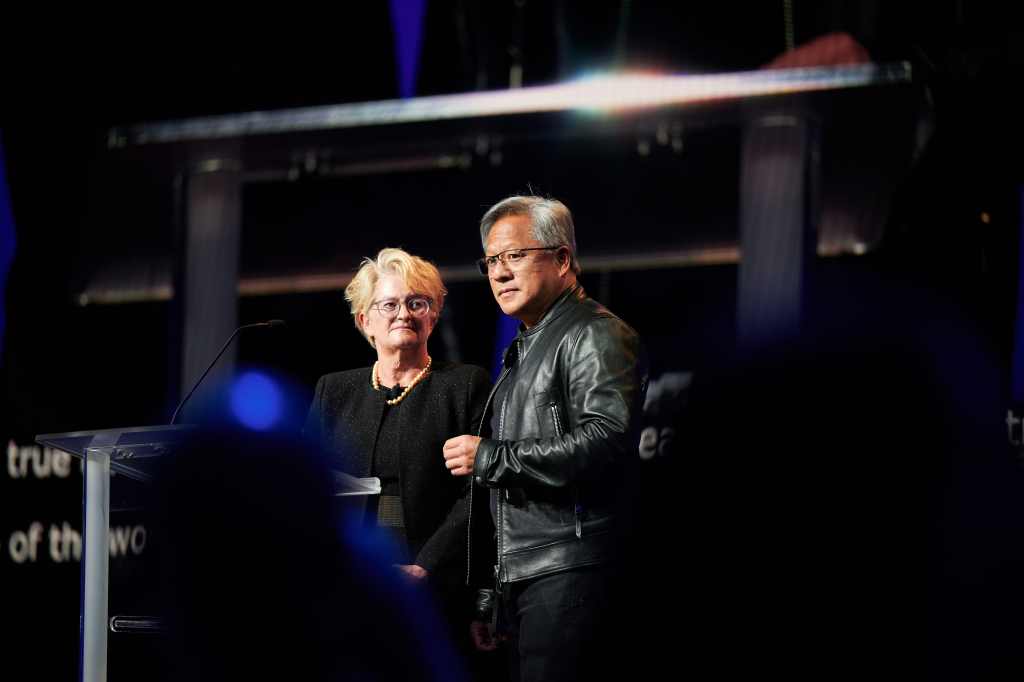Oregon State University to build supercomputing research center
Published 10:25 am Monday, October 17, 2022

- Lori and Jen-Hsun Huang are Oregon State graduates.
Oregon State University says a new 150,000-square-foot supercomputing research center in the works could pave the way for breakthrough research in artificial intelligence, robotics and materials science, while bolstering Oregon’s semiconductor industry.
OSU officials announced Friday, Oct. 14, that a $50 million donation from NVIDIA founder and CEO Jen-Hsun Huang and his wife Lori Huang was among $100 million in gifts received by the university to create a new, three-story, $200 million Collaborative Innovation Complex at the university’s campus in Corvallis. The Huangs are both OSU alumni. Once completed sometime in 2025, the new center will be named after them.
Trending
OSU President Jayathi Murthy said the addition of a supercomputer opens the door for advanced research in climate science and global environmental issues, among other things.
During a virtual meeting Friday with members of the media, Murthy said the university is “very excited about all the possibilities of this new development” and the philanthropy that led to it.
“It’s a very ambitious and modern platform on which to build future research,” Murthy said, noting the focus will be on “all things climate and sustainability.”
NVIDIA, the computer chip manufacturing company Jen-Hsun Huang co-founded, is already a pioneer in artificial intelligence technology and innovation.
“We discovered our love for computer science and engineering at OSU,” Jen-Hsun and Lori Huang said in a news release about the project. “We hope this gift will help inspire future generations of students also to fall in love with technology and its capacity to change the world.”
The Huangs called AI “the most transformative technology of our time.”
Trending
“To harness this force, engineering students need access to a supercomputer, a time machine, to accelerate their research,” the couple said.
OSU officials said the new facility would create new areas for graduate study at the university and could lead to an expansion of the current degree offerings in the technology and semiconductor fields.
“The Jen-Hsun and Lori Huang Collaborative Innovation Complex at Oregon State University will be much more than a building. It will serve as a university-wide promise and as a hub for advancing groundbreaking solutions for the betterment of humanity, the environment and the economy,” Murthy said in a news release announcing the new project. “The center will be a dynamic place where creative, driven faculty, students and partners from business and other universities come together to solve critical challenges facing the state, nation and world.”
Artificial intelligence and robotics are already showing promise in helping fight wild fires, said Steve Clark, vice president of university relations and marketing at OSU.
“There’s work being done within the College of Engineering to understand how the robots can actually, in some respects, be first responders,” Clark said, noting a bi-pedal robot being used in research.
Along with the Collaborative Innovation Complex, OSU also announced that a 49,000-square-foot arts and education center will be named the Patricia Valian Reser Center for the Creative Arts.
Known for her philanthropy, Reser previously donated $25 million anonymously for the arts center, which is slated to open in spring 2024.
Construction on a different project — Reser Stadium — remains under way, thanks to $96.1 million donated to the university. OSU has a fundraising goal of $160.5 million.
The OSU Foundation has an active $1.75 billion campaign that aims to provide student support, scholarships, fellowships and learning funds while paying for faculty positions, academic programs, research and community engagement.





